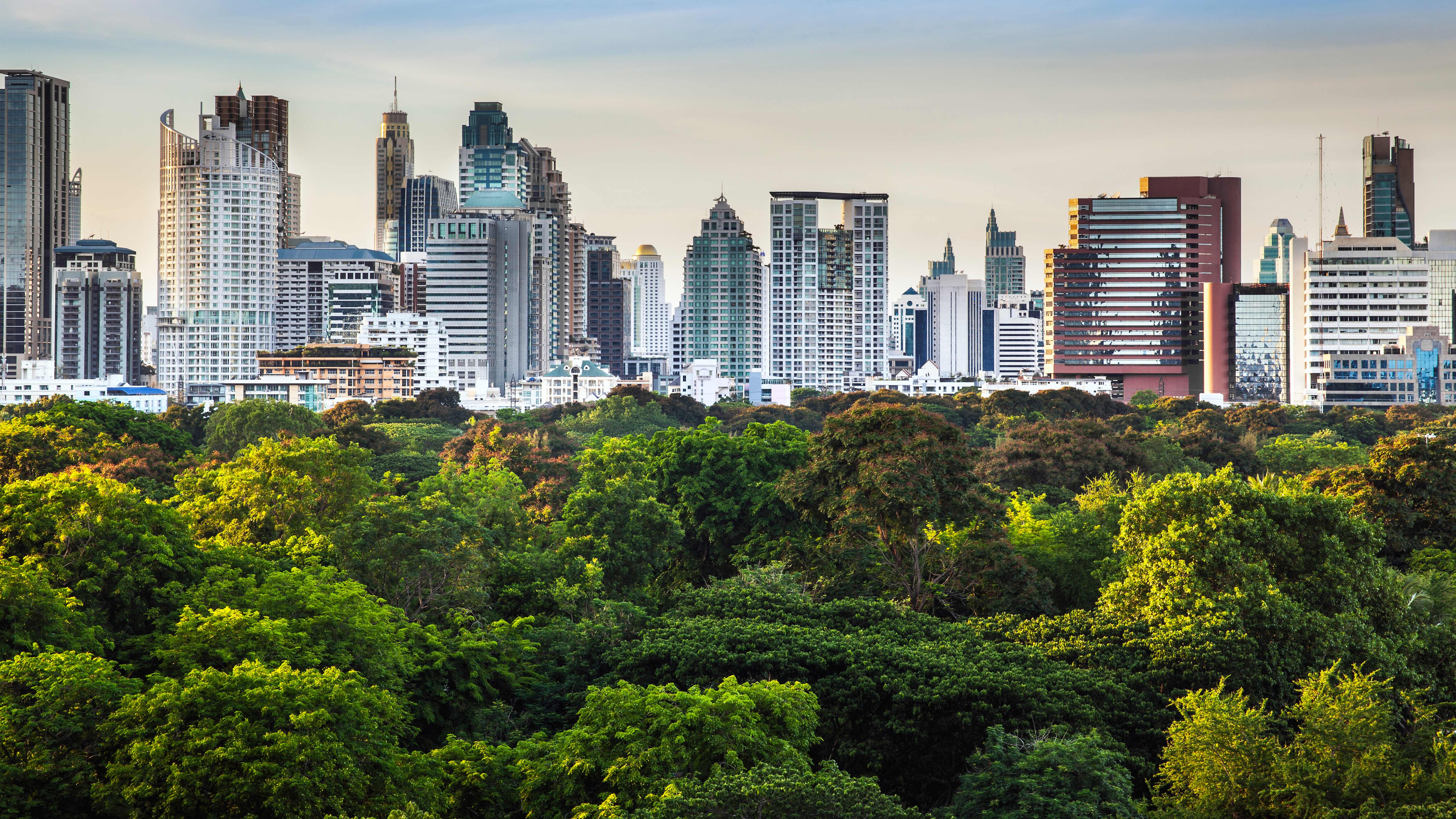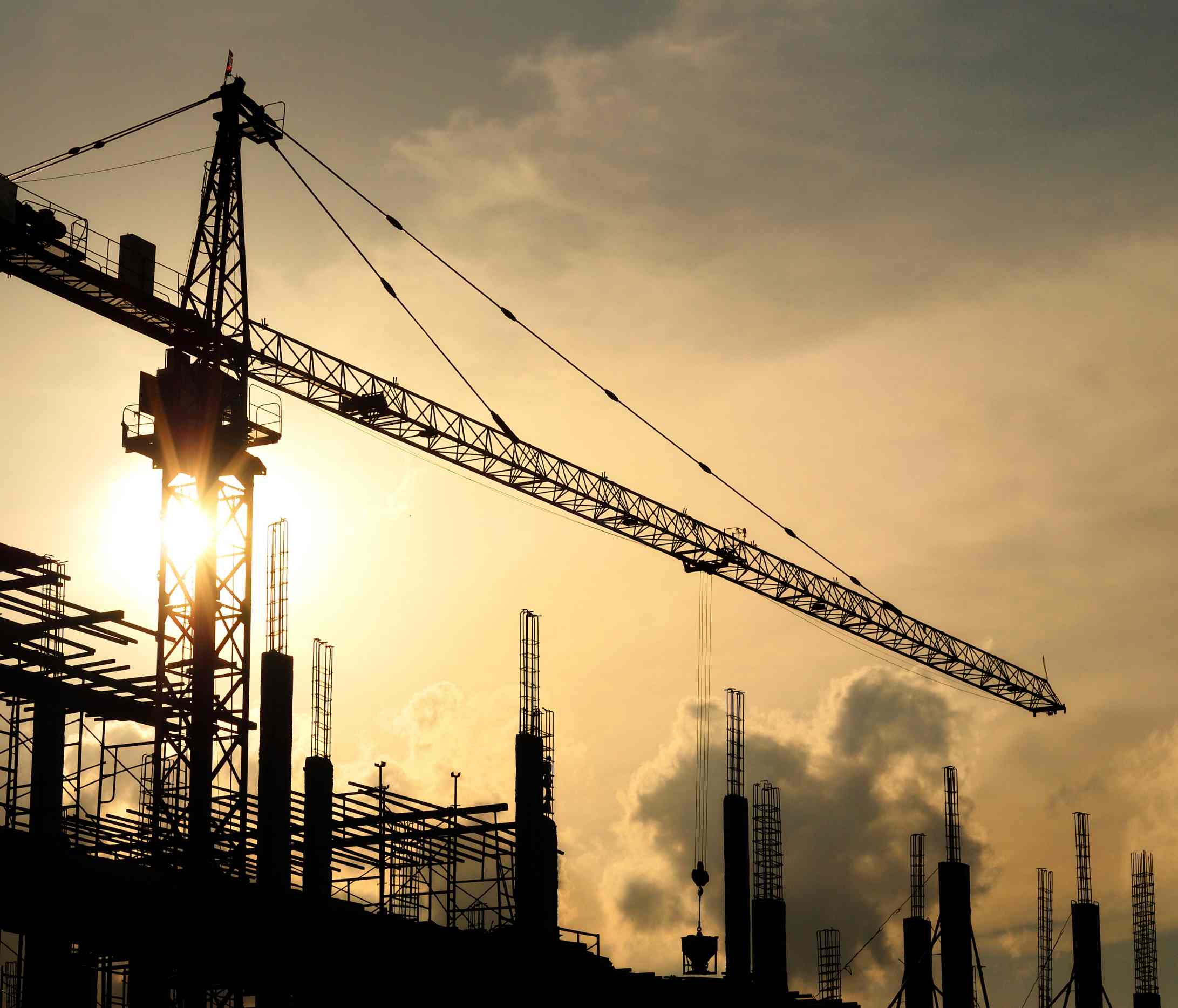Let’s talk
Buildings and infrastructure shape how we live, work and move. The built environment underpins economic growth, public health and social cohesion - yet it also drives significant pressures on nature through land take, material extraction, water use and waste.
The foundations of the built environment depends on healthy soils, clean air and water, urban cooling, and flood protection. However, these are being eroded by current practices and climate change. This translates into rising costs, delays and risks for developers, asset owners and communities alike.
By embracing whole-life thinking, circular materials and nature-based design, the built environment can shift from nature risk to nature recovery — creating resilient, low-carbon places that enhance biodiversity and wellbeing.
The built environment is moving fast: cities are growing, retrofits are scaling, and expectations for nature-positive outcomes are rising. Four trends are reshaping how projects get planned, financed and delivered:
From the Global Biodiversity Framework to TNFD-aligned reporting and emerging national rules (e.g., biodiversity net-gain), developers and owners are being asked to assess whole-life nature impacts, set targets and evidence outcomes across value chains.
With demand for space increasing , the biggest near-term opportunity is using what we’ve got. We must retrofit, repurpose and densify where appropriate to cut land use and embodied impacts while improving performance and wellbeing.
Nature loss and climate risk are inseparable in cities. Heat, flooding and air quality threaten asset performance, while ecosystems provide cooling, drainage and protection. Integrating nature-based solutions into design and operations is now a resilience imperative.
Upstream “embodied nature impacts” from material extraction and processing often dwarf on-site effects. Clients and regulators are pushing for low-impact materials, circular supply chains, and design-for-disassembly to reduce waste and dependency on first hand resources.


If left unaddressed, these challenges will increase costs, delay delivery and undermine the sector’s ability to create resilient, liveable places.
Greenfield expansion and linear infrastructure can degrade habitats and disconnect ecological networks, especially where cumulative impacts aren’t managed at landscape scale.
Construction and operations can drive over-abstraction, poor drainage and polluted runoff — elevating flood risk and affecting downstream ecosystems and communities.
Material choices lock in nature impacts far from the project site. Linear “take-make-waste” models generate vast waste streams and miss the value in reuse, recycling and re-mining buildings.
If managed well, projects can deliver better places, lower costs and measurable gains for nature.
Prioritise reuse and adaptive re-use to cut embodied impacts and land take. This can improve asset value while meeting demand with a smaller footprint.
Green roofs and walls, street trees, SuDS, wetlands and coastal habitats provide cooling, flood protection and air filtration — boosting resilience and wellbeing while reducing lifecycle costs.
Choose low-impact materials, design for easy reuse, and grow local recycling markets to cut extraction, waste, and risk (while meeting new reporting rules)
Projects that avoid sensitive areas, use clear biodiversity metrics, and commit to restoration build trust, speed up approvals, and attract sustainable finance

We work with our clients to map nature impacts and dependencies throughout their agricultural value chains, identifying priority pressures such as deforestation, soil degradation, or water stress.

We collaborate with client teams to translate material nature-related impacts and dependencies throughout agri-supply chains into business risks and opportunities.

We support clients to distill nature-related dependencies, impacts, risks and opportunities into credible reporting that can be used to drive action.

We help craft credible nature strategies with clear targets and actions that tackle key dependencies, impacts, and risks while unlocking opportunities that drive business value and sustainable performance.